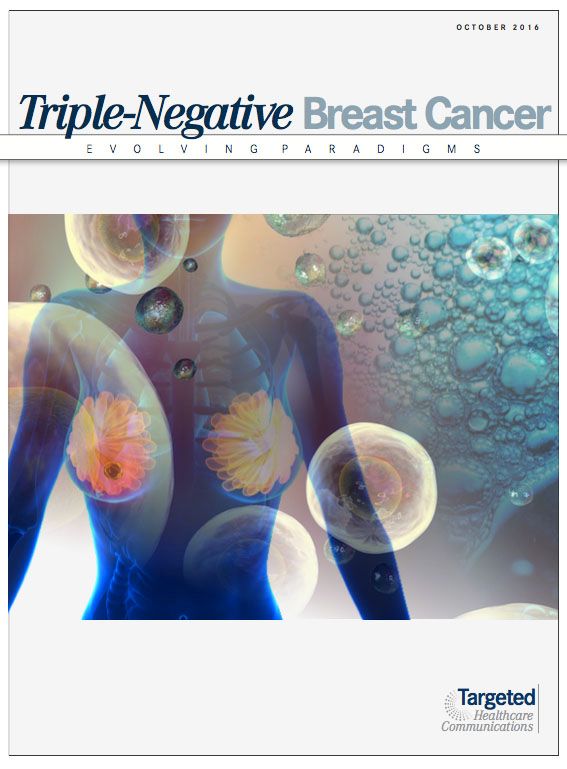Evolving Paradigms in Triple-Negative Breast Cancer: Conclusion
The treatment of TNBC continues to be a challenge for physicians because of its limited treatment options, the dearth of approved targeted therapies, high mortality, and poor prognosis.
The treatment of TNBC continues to be a challenge for physicians because of its limited treatment options, the dearth of approved targeted therapies, high mortality, and poor prognosis. Patients and physicians are limited to chemotherapy that targets DNA repair complexes,p53, and cell proliferation by using anthracycline-based, platinum-based, and taxane-based treatment regimens.1However, research into targeted therapies for TNBC is robust. Further understanding of gene expression in breast cancer has led to classifications in TNBC that may help guide research into targeted therapies.21
Breast Cancer Leans into the Decade of Antibody-Drug Conjugates, Experts Discuss
September 25th 2020In season 1, episode 3 of Targeted Talks, the importance of precision medicine in breast cancer, and how that vitally differs in community oncology compared with academic settings, is the topic of discussion.
Listen
Batalini Explores Role of UGT1A1 in Patients Treated With Sacituzumab Govitecan for HR+ MBC
April 22nd 2024During a Community Case Forum live event in partnership with The Arizona Clinical Oncology Society, Felipe Batalini, MD, discussed the TROPiCS-02 trial of sacituzumab govitecan and the impact of the UGT1A1 status on adverse event frequency.
Read More
Novel Approaches Focus on Limiting Toxicity in Older Patients With ALL
April 22nd 2024The major challenges for clinicians treating older patients with acute lymphoblastic leukemia surround the emergence of resistance to existing therapies and the toxicities associated with current chemotherapies.
Read More
